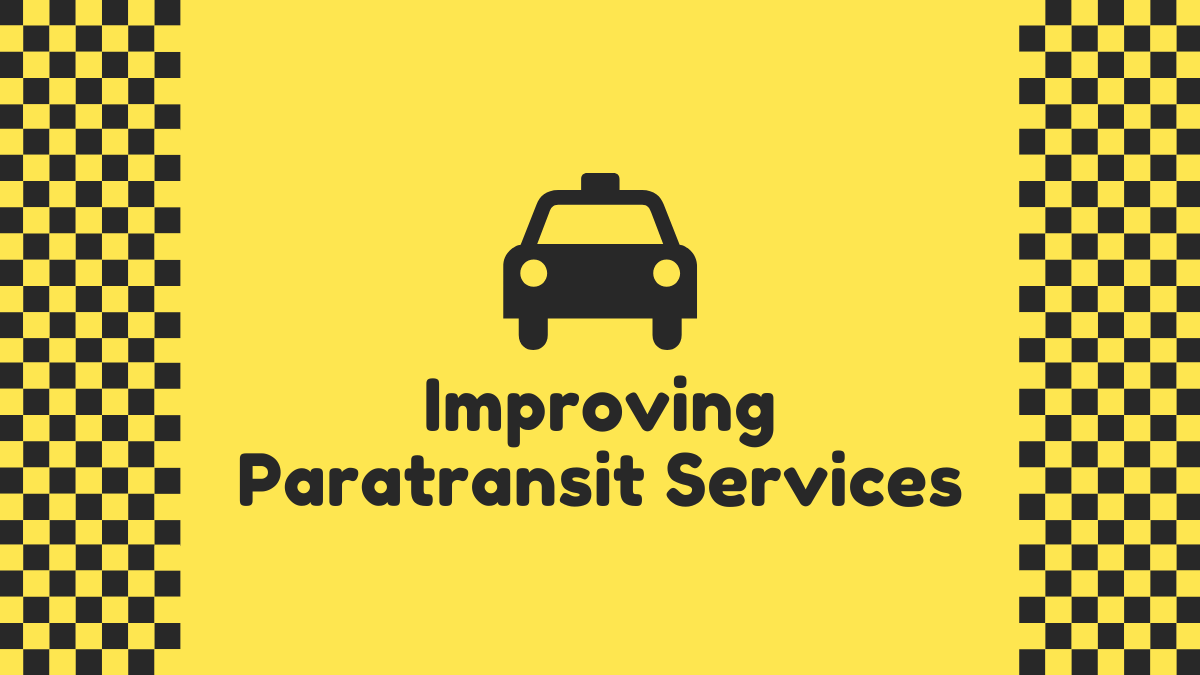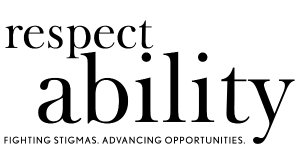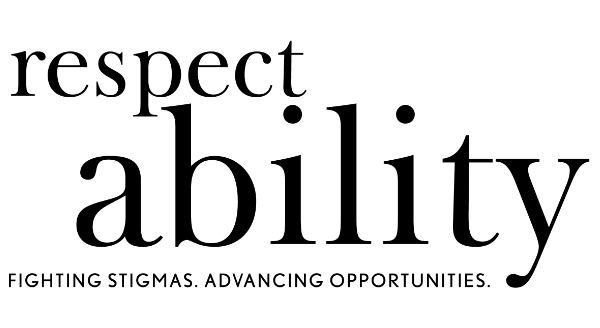 Many Americans with and without disabilities use fixed-route transportation like a city bus or commuter rail to reach their desired destination. However, people with disabilities may need additional transportation assistance to reach destinations beyond traditional public transportation routes. Public transit authorities provide paratransit services for eligible persons with disabilities if they cannot safely travel short distances to a bus stop. For instance, minibuses are used for these purposes. However, there can be issues with the timeliness of these services and the limited distance that is covered.
Many Americans with and without disabilities use fixed-route transportation like a city bus or commuter rail to reach their desired destination. However, people with disabilities may need additional transportation assistance to reach destinations beyond traditional public transportation routes. Public transit authorities provide paratransit services for eligible persons with disabilities if they cannot safely travel short distances to a bus stop. For instance, minibuses are used for these purposes. However, there can be issues with the timeliness of these services and the limited distance that is covered.
Federal law requires city transportation authorities to provide paratransit for eligible people with disabilities within three-quarters of a mile of the fixed route of a city bus or commuter rail. Transportation authorities are not required to provide paratransit services beyond these limits but may extend services. This regulation aims to enable people with disabilities to reach their destinations safely but creates challenges depending on the location.
The Greater Orlando area in Florida and the Charlotte Metropolitan area in North Carolina have a similar population of nearly 2.7 million people, but differ in paratransit accessibility. In the Greater Orlando area, most people drive. If they don’t drive, they use the city bus known as Lynx, which the Central Florida Transit Authority operates. In Orlando, for riders who need transportation beyond fixed-route locations, Lynx provides Access Lynx as a paratransit service for eligible individuals and provides them with door-to-door service. The Charlotte Metropolitan area is served by the Charlotte Area Transit System (CATS), which provides fixed-route buses, streetcars, and light commuter rail. CATS provides paratransit via the Special Transportation Service (STS) only to areas within three-quarters of a mile of a local bus route.
On either service, a rider with a disability may encounter difficulties. In the past, concerns have been raised about Access Lynx services causing riders to get to their destinations late. This is particularly problematic for riders that need to get to medical appointments, like kidney dialysis. An Access Lynx Rider survey conducted in 2022 confirmed that Access Lynx riders dealt with excessively long wait times. Shane Campfield, a rider of Access Lynx, shared that while he feels that drivers do their best to arrive on time, their workforce has been reduced due to the COVID pandemic, and extra wait times have become common. As a result, he has experienced delays of up to two hours when he has utilized Lynx. One respondent to the March 2022 Transportation Disadvantaged Riders Survey conducted by Metroplan commented that they spent nearly four hours waiting for a bus to arrive, describing the experience as “nerve-wracking.” Problems like this need to be fixed. No one should have to wait alone for a long time in the dark for their ride to arrive. It is a serious safety concern, especially for people with disabilities who are more vulnerable to being victims of violent crime.
CATS also has challenges, especially for those for whom three-quarters of a mile from a fixed bus route does not provide sufficient access. Whether due to safety concerns, weather exposure, or mobility issues, many riders simply can’t travel three-quarters of a mile and wait for a bus. CATS acknowledges these issues but plans to keep the STS to the three-quarter mile limit. However, its representatives did mention to local NBC News station reporters that the Mecklenburg Transportation System provides paratransit service outside of the CATS STS range and that it does let older riders who apply for STS know about transportation services offered by two senior centers in the Charlotte metro area. CATS needs to ensure that people outside the three-quarter mile limit understand the benefits the Mecklenburg Transportation System provides regardless of their age.
Currently, ride-sharing companies like Uber and Lyft have wheelchair-accessible vehicle (WAV) services in a few of the areas they serve. On their own, these services are problematic for people who use non-folding wheelchairs. For example, in 2018, Ansel Lurio, a Westchester County, New York resident, needed a ride home from a dental appointment during a snowstorm because snow covering the path made it impossible for him to travel back home in his motorized wheelchair. He tried to use Lyft to get back home, but Lyft doesn’t provide WAV service in Westchester. So Lurio had to call an ambulance to take him to the hospital even though he wasn’t sick or injured. Once at the hospital, Lurio had to wait even longer until he could get home.
Even when they are available, Uber and Lyft ride-share services can be prohibitively expensive for people with disabilities and senior citizens who live below the poverty line if these rides are not subsidized. But ride-share services can be funded and even made profitable via contracts with transportation authorities, and some areas around the United States do this already.
Safe and reliable transportation is essential for people with disabilities to fully participate in all aspects of community. Paratransit services help make that possible, but timeliness issues and the limitations of fixed-route services remain a concern. Meanwhile, alternatives like Uber, Lyft, and taxi services are not always accessible and can be prohibitively expensive for low-income riders. No one should have to risk being a victim of a crime or exposed to extremely cold or hot weather conditions because of a lack of adequate transportation.
Paratransit services around the United States should consider expanding their services by contracting with ride-sharing services like Uber and Lyft to reduce wait times for people with disabilities so they can get to their destinations on time, especially when there are significant service delays. This will encourage ride-sharing services to increase the number of wheelchair-accessible vehicles available in their fleets and employ more disability-trained drivers. In the future, better solutions may become available. But for the time being, all involved parties must collaborate creatively to ensure that people with disabilities can get to their destinations safely and in a reasonable amount of time.







